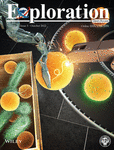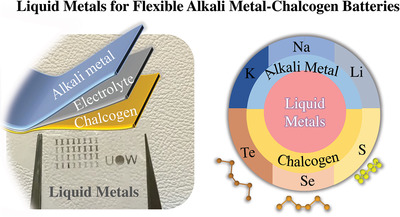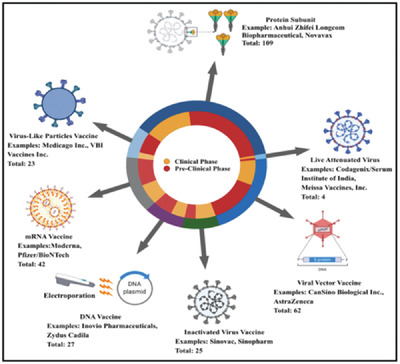Journal list menu
Export Citations
Download PDFs
FRONT COVER
Front Cover: Direct chemical editing of Gram-positive bacterial cell walls via an enzyme-catalyzed oxidative coupling reaction (EXP2 5/2022)
- First Published: 21 October 2022
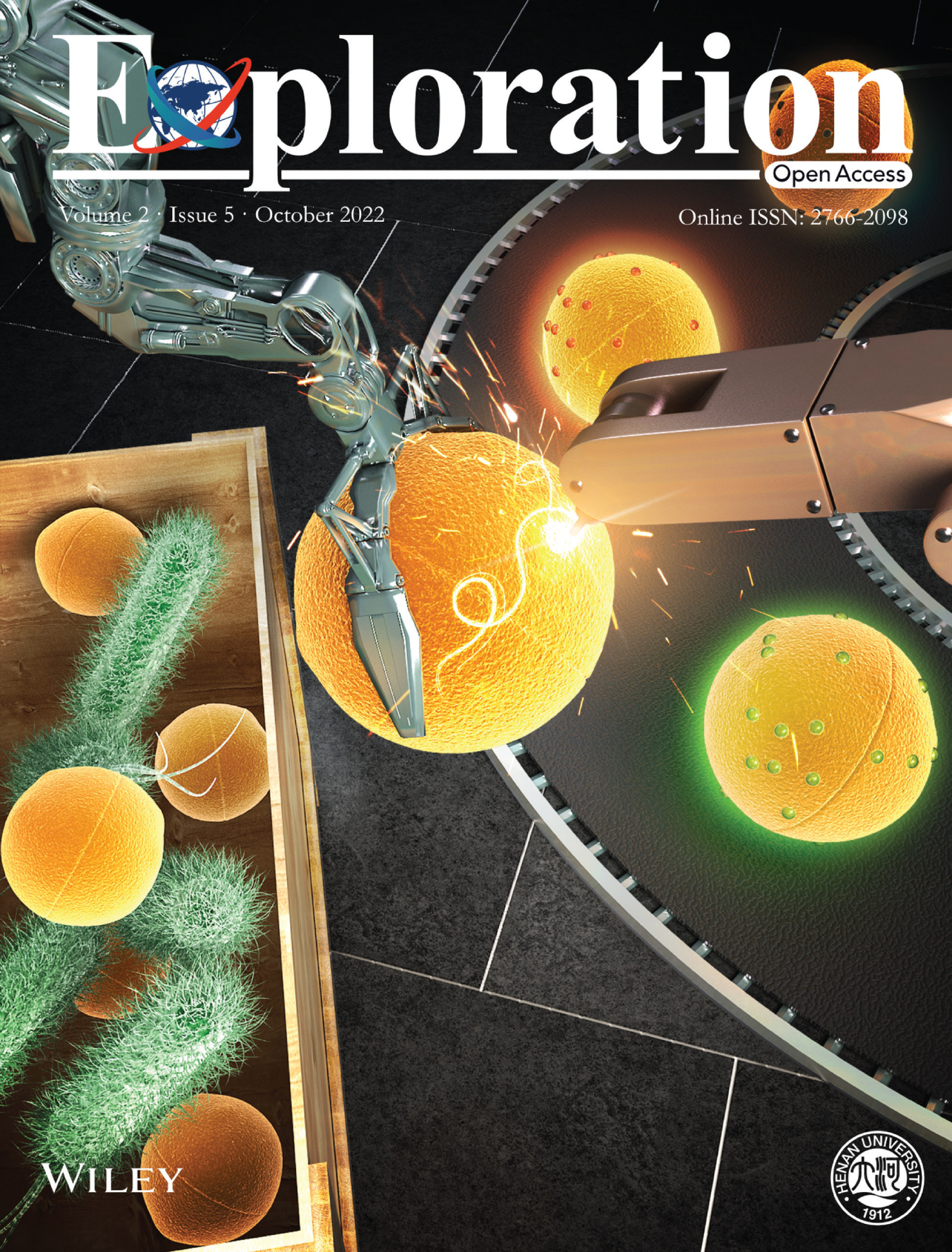
In this research, the authors demonstrate for the first time that a tyrosinase-mediated oxidative coupling reaction can serve as a general platform that enables rapid (within 10 min), facile (all reagents involved are commercially available), and controllable chemical labeling of bacterial cell surfaces.
BACK COVER
Back Cover: Nucleus-specific RNAi nanoplatform for targeted regulation of nuclear lncRNA function and effective cancer therapy (EXP2 5/2022)
- First Published: 21 October 2022
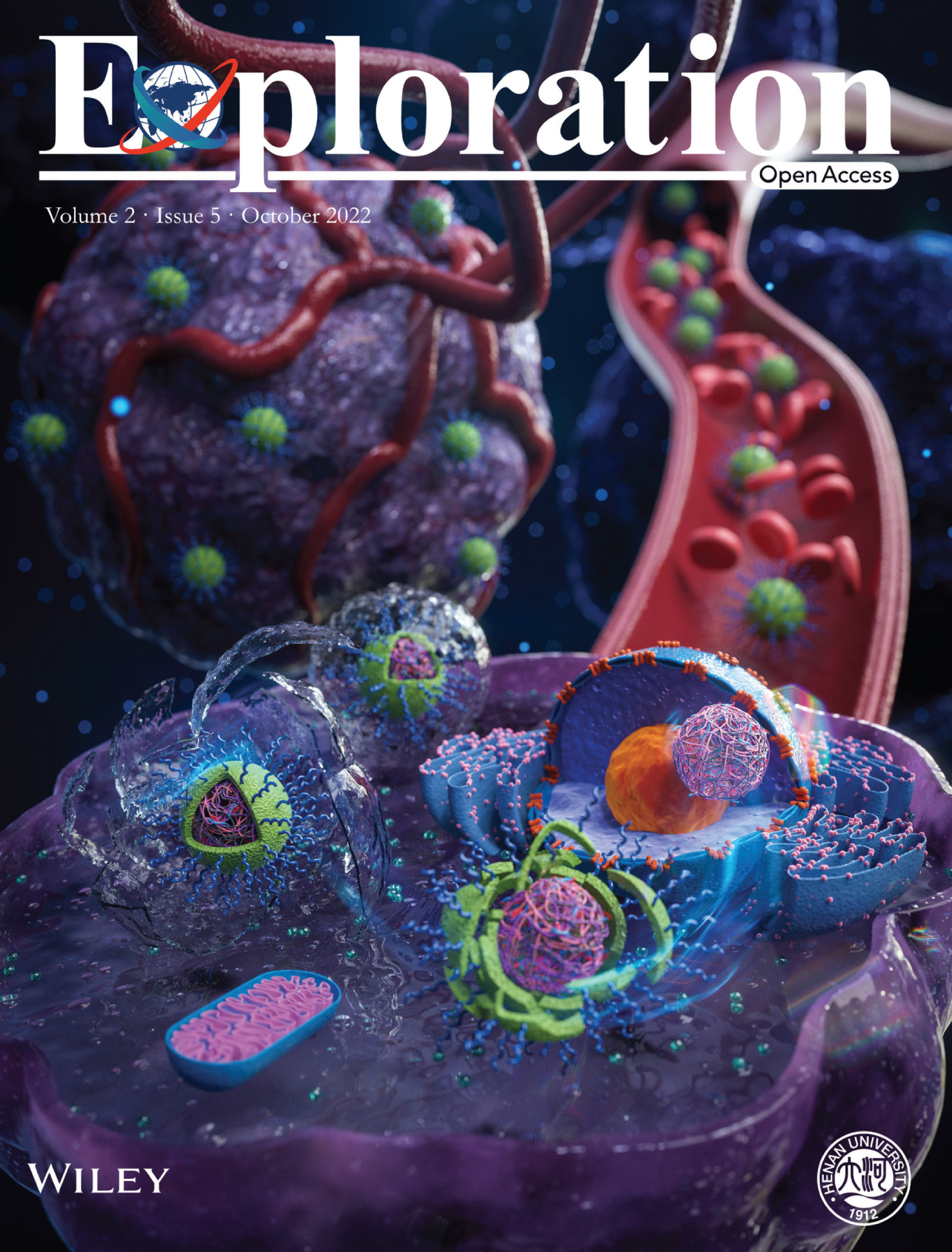
A nucleus-specific RNAi nanoplatform was developed by Xu et al. for targeted regulation of nuclear lncRNA function and effective cancer therapy. This nanoplatform could respond to the endosomal pH to expose NTPA/siRNA complexes for the nucleus-specific siRNA delivery, leading to a significant inhibition of nuclear lncNEAT2 expression and tumor growth.
ISSUE INFORMATION
PERSPECTIVE
Room temperature liquid metals for flexible alkali metal-chalcogen batteries
- First Published: 09 May 2022
REVIEWS
Nanotechnology-facilitated vaccine development during the coronavirus disease 2019 (COVID-19) pandemic
- First Published: 21 July 2022
Bioactive inorganic particles-based biomaterials for skin tissue engineering
- First Published: 17 March 2022
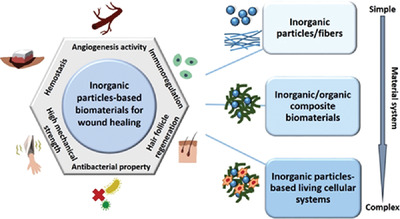
The inorganic biomaterials for wound healing have aroused widespread concern in the field of tissue engineering. The three main forms of application of inorganic particles for skin repair are summarized based on the complexity of material system. The representative types of inorganic biomaterials and fabrication technology of wound dressings are presented.
Light responsive nucleic acid for biomedical application
- First Published: 06 April 2022
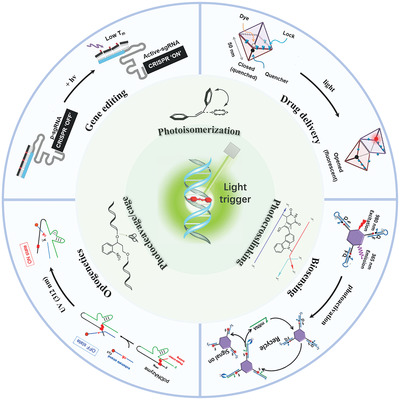
Light-responsive nucleic acids have attracted much attention in the biomedical field due to their properties of remote control and high spatiotemporal resolution. This review summarizes recent research progress in light-responsive nucleic acid systems. The challenges in this field are discussed and future prospects are prospected. This review will provide inspiration for the rational design of light-responsive nucleic acid systems.
Therapeutic gas-releasing nanomedicines with controlled release: Advances and perspectives
- First Published: 25 May 2022
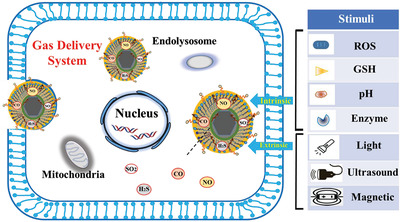
This review takes a critical look at four key gasotransmitters (CO, NO, H2S and SO2) with their incorporation into prodrugs known as gas-releasing molecule. Different nanosystems and their mediatory roles for efficient shuttling, targeting and cleavage of therapeutic gases and the responsiveness to typical internal and external stimuli for gas release from prodrugs have been reviewed extensively.
Recent advances in self-powered and flexible UVC photodetectors
- First Published: 25 May 2022
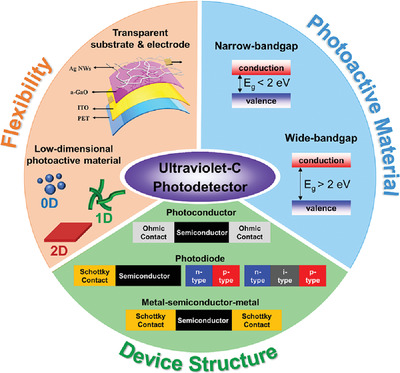
This review introduced and discussed strategies for fabricating self-powered UVC photodetectors in terms of the device structure, photoactive material, and flexible substrates. Based on the summary of previous works, we presented a brief outlook of challenges and future strategies for deep-UVC photodetectors.
Mechanisms for self-templating design of micro/nanostructures toward efficient energy storage
- First Published: 31 May 2022
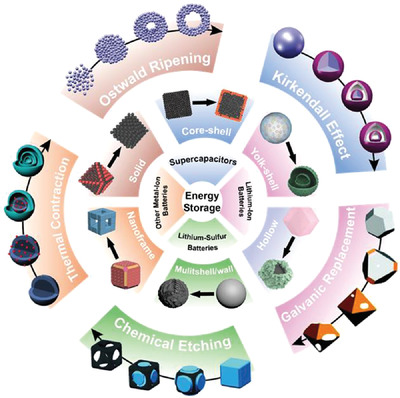
The micro/nanostructure design via self-templating method offers a viable way to significantly improve the electrochemical performances of functional materials. This review introduces five main self-templating mechanisms and compares the merits of different micro/nanostructures for energy storage. Furthermore, a summary of current challenges and the prospect of self-templating strategy for constructing high-performance electrode materials are also presented.
RESEARCH ARTICLES
Direct chemical editing of Gram-positive bacterial cell walls via an enzyme-catalyzed oxidative coupling reaction
- First Published: 28 May 2022
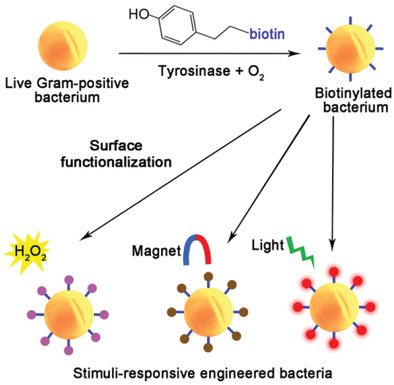
This work describes a mild and efficient enzyme-catalyzed chemical reaction for the selective modification of Gram-positive bacterial cell walls. The as-designed technique can serve as a universal platform to functionalize the surfaces of live bacterial cells with diverse responsive materials, including small-molecule fluorescent dyes, horseradish peroxidase, and magnetic nanoparticles.
Nucleus-specific RNAi nanoplatform for targeted regulation of nuclear lncRNA function and effective cancer therapy
- First Published: 26 July 2022
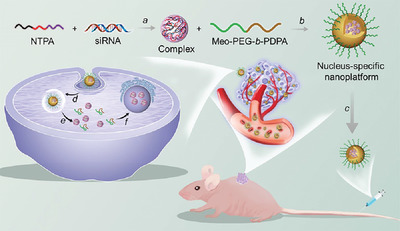
We herein developed a nucleus-specific RNAi nanoplatform for targeted regulation of nuclear lncRNA function and effective cancer therapy. This new RNAi nanoplatform could respond to the endosomal pH to expose NTPA/siRNA complexes for the nucleus-specific siRNA delivery, leading to a significant inhibition of nuclear lncNEAT2 expression and tumor growth of liver cancer.
Functional nucleic acid engineered double-barreled nanopores for measuring sodium to potassium ratio at single-cell level
- First Published: 23 May 2022

Functional nucleic acid engineered double-barreled nanopores were designed and applied for measuring Na/K ratio (RNa/K) at single-cell level. The applicability of this nanotool is validated by practical probing intracellular RNa/K during the drug-induced primary stage of apoptotic volume decrease. Especially, the RNa/K has been shown by our nanotool to be different in cell lines with different metastatic potential.
A dynamic covalent polymeric antimicrobial for conquering drug-resistant bacterial infection
- First Published: 23 May 2022
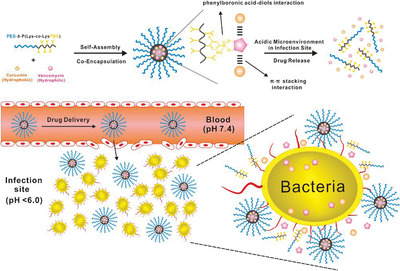
A dynamic covalent polymeric antimicrobial, based on phenylboronic acid-installed micellar nanocarriers incorporating vancomycin and curcumin, was developed to overcome drug-resistant bacterial infections. Compared with monotherapy, this antimicrobial displayed more significant eradication of drug-resistant bacteria in vitro and in vivo. This work could become a universal platform to combat the ever-threatening drug-resistant infectious diseases.




